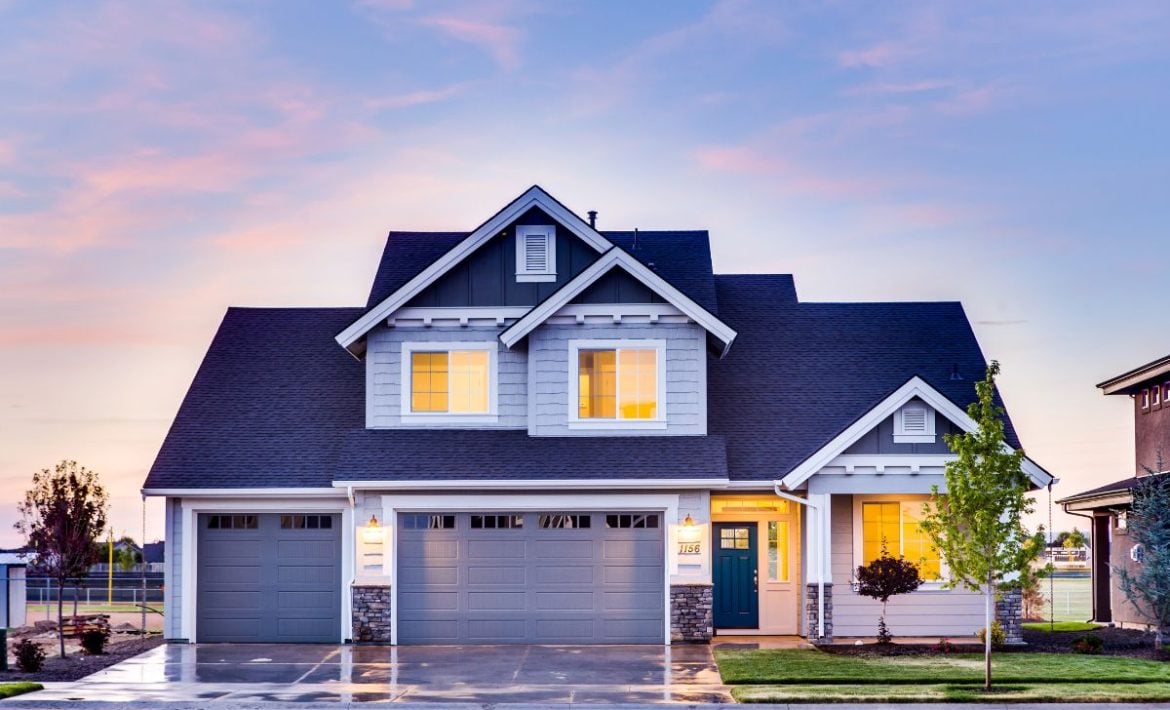
How Can I Make My Home Eco-Friendly

How can I design an eco-friendly home?
Are you looking to lower your environmental footprint while creating a healthier home?
Making your home eco-friendly is easier than you think and comes with a wide range of benefits. Not only will you reduce your energy bills, but you’ll also contribute to a more sustainable future.
In the UK, where energy costs are rising, and environmental concerns are at the forefront, more people are exploring eco-friendly solutions. Whether it’s through energy-efficient appliances or waste reduction, there are countless ways to go green.
The small changes you make today can have a huge impact tomorrow. You might start by switching to LED bulbs or installing a smart thermostat to better manage your heating. Or, perhaps you’re considering bigger investments, such as solar panels or better insulation, which not only reduce energy consumption but also add value to your property.
However, it’s not just about energy savings. Making eco-conscious choices also promotes a healthier living environment. From reducing indoor pollutants to using natural cleaning products, you’ll create a space that’s better for your well-being and the planet.
So, why wait?
Taking steps to make your home more eco-friendly not only helps the environment but also gives you peace of mind knowing you’re doing your bit for future generations.
Eco-Friendly Tips for Your Home Transformation
1.Think Twice Before the Toss: Repurposing Gems During Renovation
Taking down walls to create a more open layout is exciting, but before you reach for the demolition hammer, consider this: renovation is a treasure hunt! Here’s why:
- Salvage and Repurpose: Flooring, tiles, cabinets, and even bricks – these can all be given a second chance! Instead of sending them to the landfill, repurpose these materials in your renovated space, adding a touch of character and saving money.
2. Consider re-facing instead of just replacing
For example, if your kitchen cabinets are in great condition, you could just re-paint them or replace the doors and drawers as part of your kitchen renovation
3. Use recycled/reclaimed materials – salvaged wood or discarded metal
Go green with your renovation! Opt for recycled materials like salvaged wood or reclaimed metal – eco-friendly and adds unique charm.
If knocking down walls/rooms, consider what materials you can re-use (flooring, tiles, bricks, cabinets/units etc)
- Yoop Architects TWEET THIS
4. Re-use windows or buy new windows made from vinyl
Most used windows end up in landfill sites so if you can, specify in your contract what you want to happen to your old windows – they could go to a recycling/reuse company. If you’re buying new windows consider buying vinyl. At the end of it’s lifespan, the vinyl can be infinitely broken down to particle form and recycled to make new windows either on its own or with a mixture of new vinyl.
5. Donate what you can instead of just putting it all in the skip
Embarking on a renovation project is an exciting opportunity to transform your living space. But with excitement comes responsibility – how can you minimize waste and make eco-friendly choices? Here are some tips to embrace sustainability throughout your renovation journey:
- Repurpose & Breathe New Life: Salvage flooring, tiles, cabinets, or bricks for your renovated space.
- Embrace Recycled Charm: Incorporate salvaged wood or reclaimed metal for a unique and eco-friendly aesthetic.
- Think Beyond the Landfill: Donate usable building materials to reduce waste and help others.
- Demolish with a Plan: Separate materials for recycling whenever possible.
6. Choose bamboo flooring
Bamboo is an ecologically friendly, highly renewable material – it grows faster than woodland and growing it uses less pesticides. It’s easy to maintain, is slightly more resistant to water damage and warping than hardwood materials and can be extremely strong, hard, and durable
Inside this easy to read free guide, discover how to make your home environmentally friendly.
7. Use zero/low VOC (volatile organic compounds) paints
VOC’s are solvents which are harmful to people and the environment. Until recently, they were essential for helping the paint to spread evenly but now eco-friendly paints made from natural raw ingredients are becoming much more available
8. Insulate
Having good quality insulation will prevent air from leaking into and out of your house, allowing your home to stay warmer during the winter and cooler during the summer so you can use less energy regulating the temperature. Check that your roof, walls and floors are properly insulated and fit excluders around doors, letterboxes etc to prevent draughts
Share this...
9. Install solar panels
Solar panels provide clean, renewable energy from the sun which means you’re reducing your carbon footprint and also saving money on your electricity bill
10. Install low-flow toilets and shower heads
Every drop counts! While you’re revamping your space, consider incorporating water-saving fixtures – a win for the environment and your wallet.
- Low-Flow Toilets and Showerheads: Don’t let the name fool you – modern low-flow toilets and showerheads deliver excellent performance while using significantly less water. These can make a big difference in your water consumption over time, reducing your utility bills and environmental impact.
11. Invest in energy efficient appliances
Additionally, make sure your boiler is an energy-efficient model and consider upgrading it if not
Embracing Eco-Friendly Habits:
Embracing eco-friendly habits in your daily routine may seem like small steps, but they can have a profound impact. In a world where every bit of energy matters, making even the smallest adjustments in your home can lead to significant savings and a reduced carbon footprint.
For many in the UK, rising energy costs and environmental concerns are now part of daily life. But it’s not just about saving money—it’s about making choices that benefit the planet and future generations. Simple changes, like switching to energy-efficient lighting or being mindful of water usage, are practical steps that anyone can take.
Imagine if every home made these small changes: the collective impact would be immense. Not only would it cut down on energy waste, but it would also preserve vital resources. Think of how much water is saved by fixing a dripping tap, or how unplugging unused electronics could prevent unnecessary energy consumption.
Here are a few practical tips to start your eco-friendly journey:
- Switch to LED light bulbs – They use less energy and last longer than traditional bulbs.
- Harness natural light – Open your blinds during the day to rely less on electricity.
- Unplug electronics – Appliances on standby still consume energy, so turn them off when not in use.
- Conserve water – Shorter showers, fixing leaks, and running full loads in your dishwasher and washing machine can help.
- Compost food scraps – Turn organic waste into nutrient-rich compost for your plants or garden.
Starting small can make a big difference. Together, these habits create a ripple effect that supports a more sustainable future for everyone.
Building a Sustainable Future:
For a more significant impact, consider bigger changes. Investing in energy-efficient appliances and insulation can significantly reduce your energy consumption.
If you’re planning a renovation, explore sustainable materials like bamboo flooring or recycled content carpets. Think about alternative energy sources like solar panels to harness the power of the sun. Remember, every step towards a greener home makes a positive difference.
Conclusion:
Making your home eco-friendly is a continuous process, but even small changes can create a ripple effect. By incorporating these tips into your daily life, you’ll be well on your way to a sustainable haven that’s good for the planet and good for your wallet. So, take the first step today and create a home that reflects your values and protects our environment for future generations.
FREE EXPERT HELP TODAY
Thinking of your dream home improvement or how to start your project?
Need your planning questions answered? Talk to an expert today.
Book a FREE 20 Minute Call with one of our home improvement Architects.


